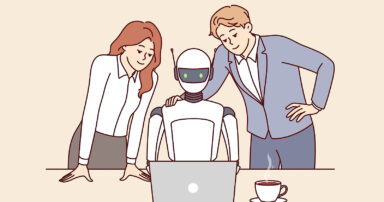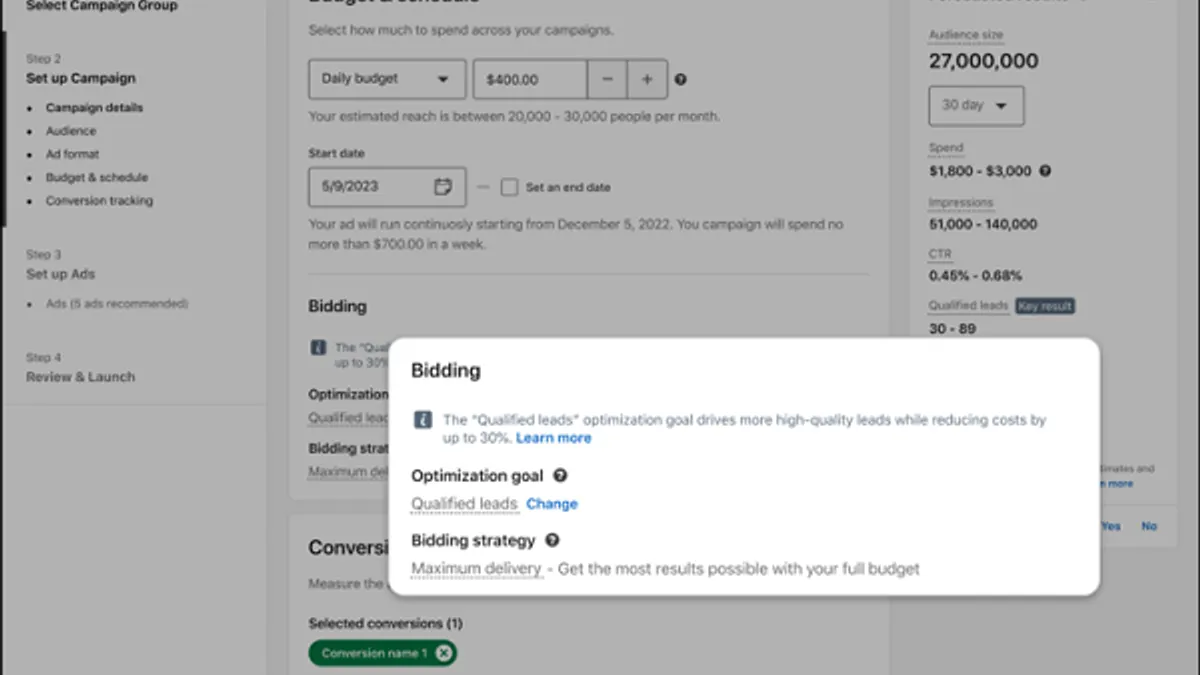Microsoft's 7 Key AI Terms for the Future of Work
Microsoft's 2025 Annual Work Trend Index highlights a shift towards AI-centric operations. The report predicts that companies will move beyond AI experimentation and rebuild their core business processes around artificial intelligence. Microsoft has introduced several key terms to understand this transformation.
The Microsoft AI Dictionary
1. Frontier Firm
Microsoft defines "Frontier Firms" as organizations built on on-demand AI, human-agent teams, and employees acting as "Agent Bosses." The report claims 71% of workers at these AI-forward companies report thriving, significantly higher than the global average of 37%.
2. Intelligence on Tap
This refers to easily accessible, on-demand AI. Microsoft describes it as "abundant, affordable, and scalable." AI is now viewed as a readily available resource, accessible through platforms like Microsoft's products.
3. The Capacity Gap
This term highlights the growing disparity between business needs and human capacity. Microsoft's research shows 53% of leaders believe productivity must increase, while 80% of workers report lacking time or energy. AI tools are presented as a solution to bridge this gap.
4. Work Charts
Moving beyond traditional org charts, Microsoft envisions flexible "Work Charts" incorporating both human workers and AI. These structures prioritize results over rigid hierarchies, enabling companies to optimize human and AI collaboration.
5. Human-Agent Ratio
This describes the optimal balance between AI agents and human workers. Leaders must determine the ideal number of AI agents for specific roles and the number of humans needed to manage them, reshaping workforce planning.
6. Agent Boss
An "Agent Boss" builds, assigns tasks to, and manages AI agents to maximize their impact. Microsoft predicts that within five years, teams will regularly train (41%) and manage (36%) AI agents as part of their jobs.
7. Digital Labor
This is Microsoft's term for AI-powered work automation. AI is positioned not as a human replacement, but as a workforce supplement. The report indicates 82% of leaders plan to use digital labor to expand their workforce within the next 18 months.
This shift towards AI-powered automation raises important questions about job displacement, retraining needs, and the ethical implications of AI.
Behind the Terminology
These terms reflect Microsoft's vision of AI integration in the workplace, driven by its products. Microsoft also announced updates to Microsoft 365 Copilot, including new Researcher and Analyst agents, an AI image generator, Copilot Notebooks, and enhanced search functions.
Jared Spataro, Microsoft's CMO of AI at Work, states: "2025 will be remembered as the year the Frontier Firm was born – the moment companies moved beyond experimenting with AI and began rebuilding around it."
Looking Ahead
While the adoption of Microsoft's specific terms remains to be seen, the underlying trends are already impacting digital marketing. Understanding and leveraging AI tools while retaining human creativity will become crucial in the evolving marketing landscape.
Only time will tell if Microsoft's vision of "Frontier Firms" fully materializes.







